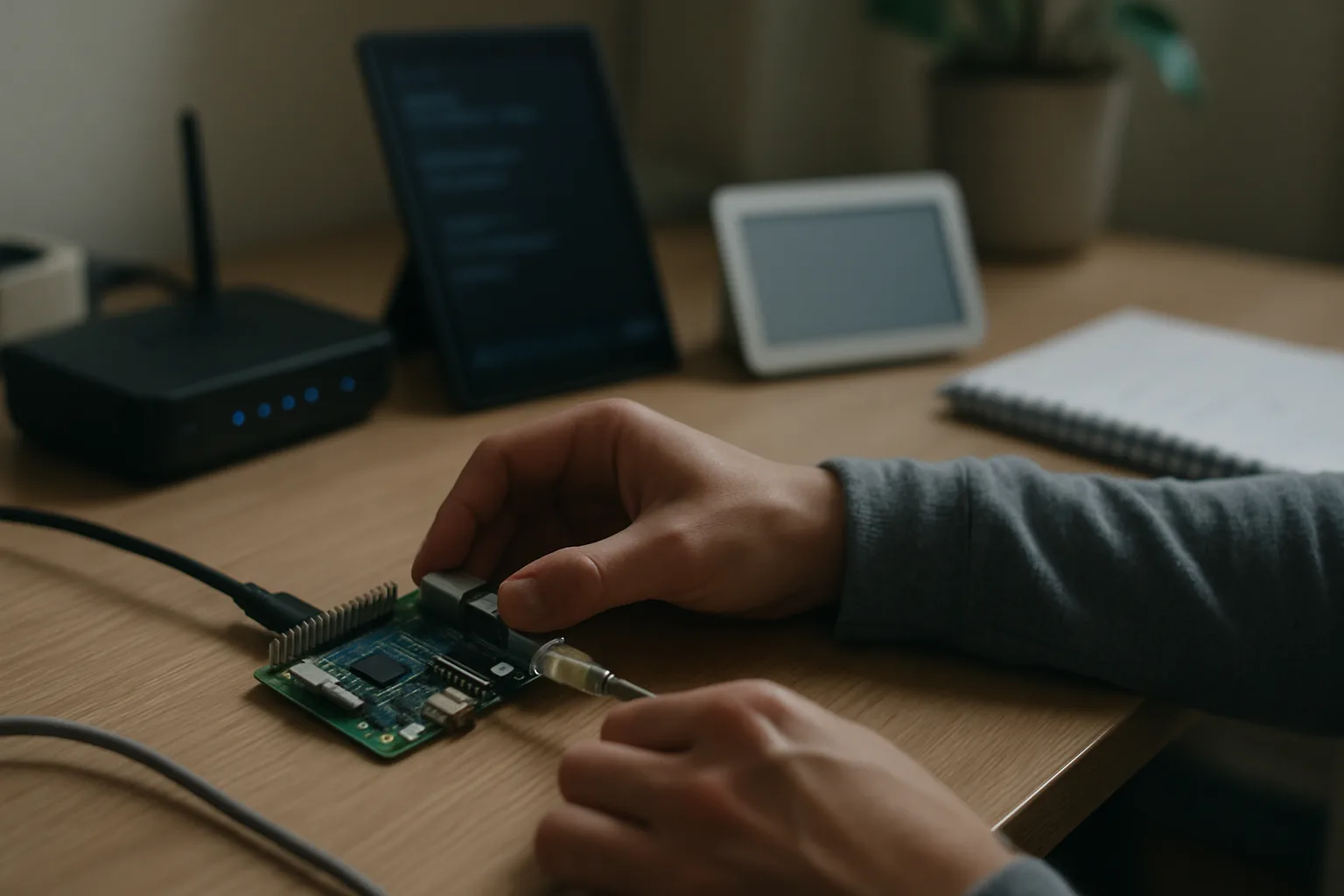Immich’s Storage Tiering: Predictions for the Future of Personal Photo Management That’ll Shock You
Why Immich Storage Tiering Matters Now
Immich’s storage tiering is crucial for anyone managing a growing collection of photos and videos. As we accumulate digital content, effective storage management becomes essential. Immich allows users to store their media in various tiers, ensuring both accessibility and cost-efficiency. By leveraging local and cloud storage, users can optimise their setup based on their access patterns. For instance, frequently accessed files can reside on faster, more expensive storage, while older, less accessed content can be shifted to slower, cheaper options. This flexibility not only saves on costs but also enhances performance.
With the rise of self-hosted solutions, Immich stands out as a robust alternative to traditional cloud services. Users maintain control over their data, which is increasingly important in today’s privacy-conscious climate. The ability to configure storage according to personal needs means users can fine-tune their setup for both performance and privacy, making it a timely solution for modern photo management.
Key Features of Immich Backup Strategies
Immich offers several backup strategies that cater to varying user needs. One of the standout features is its integration with third-party backup tools like Restic, which allows for efficient data backups without the need for extensive manual intervention. This integration ensures that users can create reliable, automated backups of their media library, mitigating the risk of data loss.
Another key feature is the ability to define storage templates. Users can set filename patterns and storage labels, making it easier to organise and retrieve files. This level of customisation is particularly beneficial for users managing large libraries of media. By implementing an effective backup strategy, users can ensure their photos and videos are not only secure but also easily accessible when needed.
Immich also supports S3 lifecycle policies, which allow users to manage the lifecycle of their data. This feature automates the transition of files between different storage classes based on their age and access frequency. By using these policies, users can optimise storage costs and performance, ensuring that their data management aligns with their usage patterns.
Understanding S3 Lifecycle Policies in Immich
S3 lifecycle policies are integral to managing data within Immich efficiently. These policies enable users to automate the movement of files between different storage classes, such as from standard storage to archival storage. This is particularly useful for files that are infrequently accessed, as it reduces costs without sacrificing data integrity.
Implementing lifecycle policies can streamline the management of large photo libraries. For example, older photos can be automatically moved to cheaper storage after a certain period, while still remaining accessible if needed. This approach not only saves money but also simplifies the overall management of digital assets.
The flexibility of S3 lifecycle policies allows users to tailor their storage solutions to their specific needs. Whether you’re a casual user with a few hundred photos or a serious photographer with thousands of files, these policies make it easier to manage your digital library effectively.
The Role of Metadata Stripping in Photo Management
Metadata stripping is a crucial aspect of photo management, particularly for those concerned about privacy. By removing metadata, users can protect sensitive information embedded in their images, such as GPS coordinates and device details. Immich integrates features that allow users to easily strip metadata from their photos before sharing them, ensuring that only the desired content is visible.
The importance of metadata stripping cannot be overstated. Many platforms automatically include metadata when photos are uploaded, potentially exposing personal information. Tools like ImageOptim and online services allow users to remove this data easily, making it a best practice for anyone sharing images online. Immich simplifies this process, enabling users to maintain control over their privacy.
By prioritising metadata management, Immich empowers users to share their memories without compromising their personal information. This focus on privacy is a significant advantage over traditional cloud services, where users often relinquish control over their data.
Customising Privacy Settings in Immich
Immich offers a range of privacy settings that allow users to tailor their experience according to their needs. Each user can manage their settings, including profile updates, API key generation, and device management. This level of control is essential for users who prioritise privacy and wish to keep their data secure.
The platform also allows for the toggling of certain features, enabling users to choose which functionalities they want active. For instance, machine learning features can be disabled if preferred, giving users more control over how their data is processed. This flexibility ensures that users can adapt Immich to fit their specific privacy requirements.
Furthermore, the ability to create private or protected albums adds an extra layer of security. Users can choose to share specific albums with trusted individuals without exposing their entire library. This feature is particularly useful for families or groups wanting to maintain privacy while still sharing memories.
How Docker Compose Enhances Immich Functionality
Docker Compose is a game-changer for deploying Immich on various platforms. This tool simplifies the installation and management of Immich, allowing users to set up their photo management system quickly and efficiently. With Docker, users can run Immich in isolated containers, ensuring that dependencies are managed effectively and the environment remains consistent.
By using Docker Compose, users can easily configure their setup, including specifying storage options and network settings. This flexibility means that even those with limited technical expertise can deploy a robust photo management solution. The ease of use and rapid deployment capabilities make Docker Compose an essential part of the Immich ecosystem.
In addition to simplifying installation, Docker Compose allows for easy updates and scaling. Users can modify their setup as their needs change, whether that involves adding new storage options or upgrading to newer versions of Immich. This adaptability ensures that users can keep their photo management system aligned with their evolving requirements.
Next Steps for Implementing Immich Storage Tiering
Implementing Immich’s storage tiering requires a clear plan. Start by assessing your current storage needs and identifying the types of media you manage. Once you have a clear picture, you can define your storage strategy, including which files will be stored locally and which will be moved to cloud solutions.
Next, set up Docker to run Immich efficiently. Follow the official documentation for installation, ensuring that you configure your storage options and privacy settings according to your preferences. Once set up, begin migrating your existing media library to Immich, taking advantage of its backup strategies and metadata management features.
Finally, regularly review your storage policies and privacy settings to ensure they continue to meet your needs. As your library grows, adjust your tiering strategy to maintain optimal performance and cost-efficiency.
Feel free to share your thoughts or experiences with Immich in the comments below.







